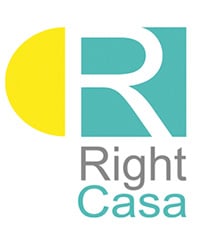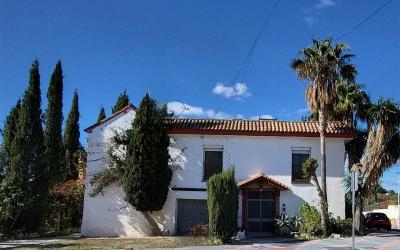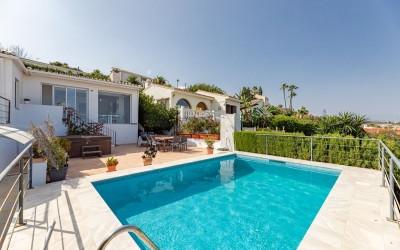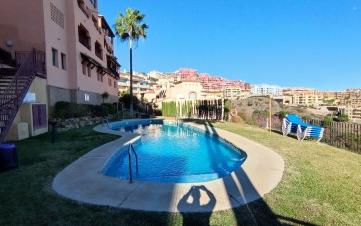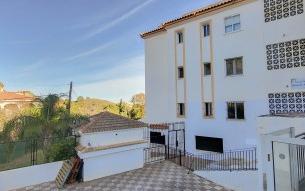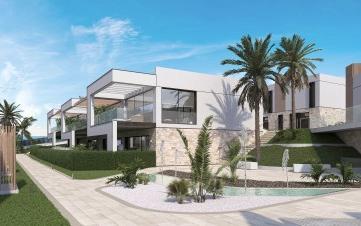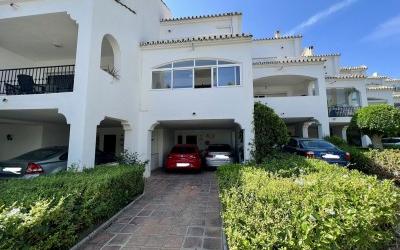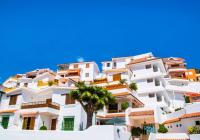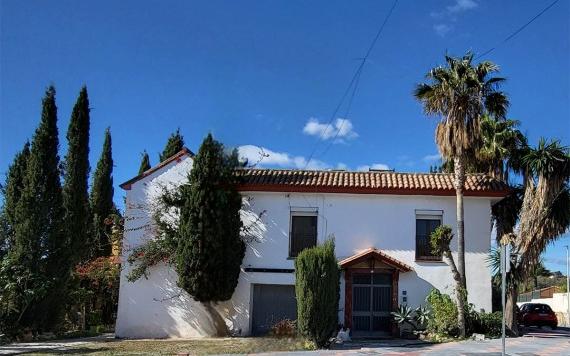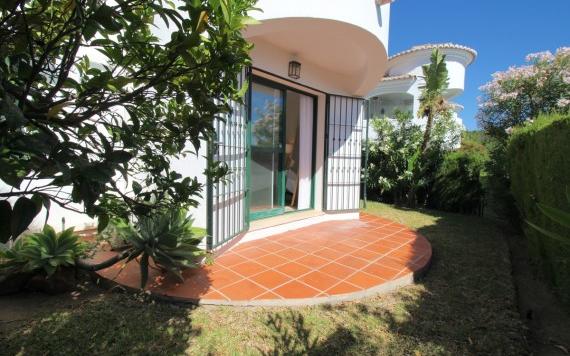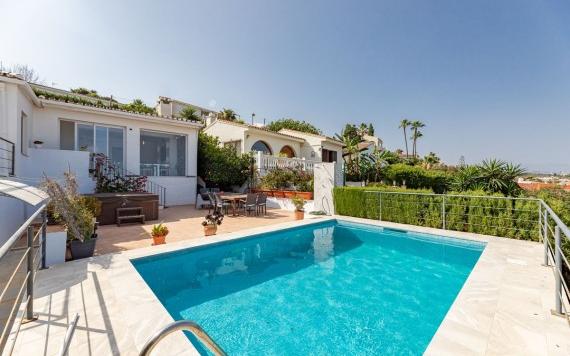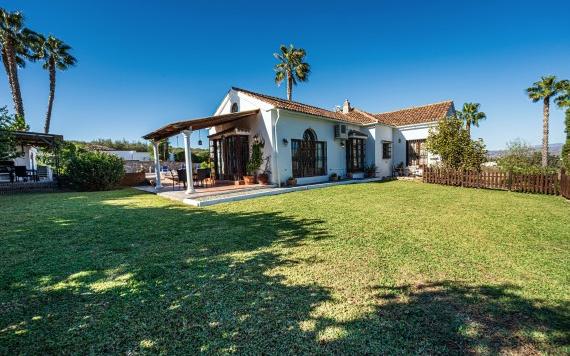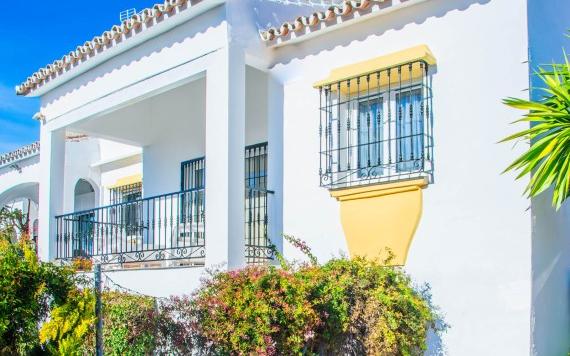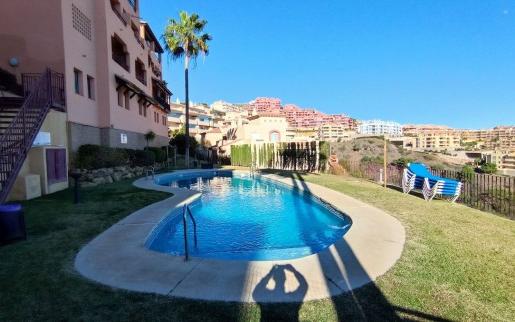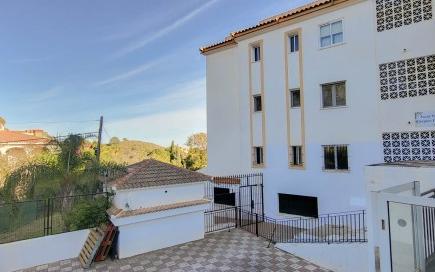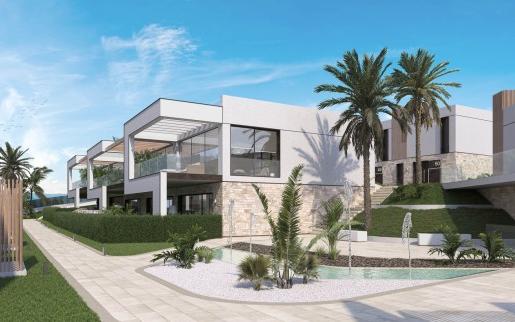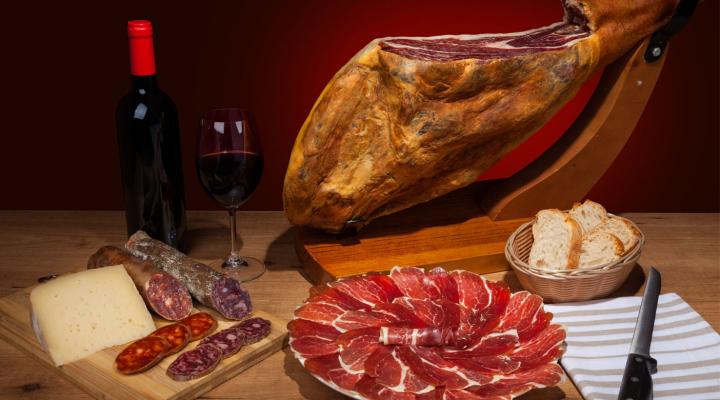
For the vast majority of Spanish families, Christmas wouldn’t be Christmas without a high-quality leg of ‘jamon’. But if you don’t know your Serrano ham from your Ibericos ham then you could end up spending a huge amount of money on meat that doesn’t taste the way you expect.
From the way it’s cured to the type of pig chosen, here’s everything you need to know about choosing the right ‘jamon’ in Spain this Christmas:
Why is Jamon to Popular?
Jamon (or ham) is considered to be a national obsession in Spain. The country sells approximately 6 million cured pigs legs every year, and the reported health risks associated with eating cured meats haven’t slowed down demand at all. Whilst ‘jamon’ is popular all year round, at Christmas sales increase dramatically and Spaniards splurge on a whole leg of cured ham, often sold alongside a specific thin-slicing knife (cuchillo jamonero) and a wooden stand (jamonero), so that there’s plenty to share amongst the whole family.
When it comes to how much you can expect to spend, the sky really is the list! The cheapest legs cost around 50 euros whilst the most expensive can be thousands of Euros. Records show that the most expensive jamon leg every sold was sold at auction in Japan for €11,881. Think about how much you want to spend, because your budget is likely to determine the type of meat you order. Once you have your budget in mind, the guide below will help you to choose the right piece for you, and you’ll sound just like an expert when you head to the butchers:
Understanding the Labels
The quality of the pig legs being sold should be easy to identify, thanks to the official labelling system that is implemented by the Spanish authorities. This system was introduced in 2014, and has been very successful in preventing those with less ‘jamon’ knowledge from being ripped off. The colour of the seal on the meat will instantly let you know what kind of pork you are being offered.
Precinto negro (Black seal): This is pork leg taken from a 100 percent acorn-fed Iberian pig (jamón de bellota 100% ibérico). According to the experts, this is the best jamon you can get and is, therefore, likely to be the most expensive.
Precinto rojo (Red seal): This is pork leg taken from an acorn-fed Iberian pig (jamón de bellota ibérico). These pigs are reared in pastures and then crossed with Duroc Jersey pigs, therefore the pork is considered to be of a lower quality.
Precinto verde (Green seal): This is pork leg that is taken from pigs that haven’t been fed acorns (which is considered to be the optimal feed for high quality meat) but rather grass in natural pastures and some pig feed too. Even if they are Iberian pigs, the lack of acorns in their diet means that these pigs are considered to be of lower quality.
Precinto blanco (White seal): Finally this is pork leg that is taken from Iberian pigs. These jamon are of varying quality and come from pigs who have been fed pig feed in a more systematic and mechanised way. Whilst that makes these pork legs easier to produce, it also makes them of the lowest coloured standard.
As well as a coloured seal, you will also see a percentage measuring the purity of the ‘iberico’ on each ham: This is usually drops down in 25% increments from 100% to 0%. The everyday ‘jamon serrano’ you eat is usually 0%, so even by ordering a 50% Iberico, you are sure to taste the difference.
What Should You Expect to Pay for Your Jamon Iberico?
Understanding the average prices for each category of Iberian ham will help you to determine which you are likely to be able to afford. The Spanish good website Gastroactivity has given some approximate prices so that you aren’t surprised when you arrive in the butchers:
- Expect to spend between 323 and 590 euros for a leg of black seal jamon
- Expect to spend between 281 and 299 euros for a leg of red seal jamon
- Expect to spend between 211 and 255 euros for a leg of green seal jamon
- Expect to spend between 117 and 230 euros for a leg of white seal jamon
If you’re hoping to spend a little less, you can buy a smaller ‘paleta’. Jamon Serrano, or other non-Iberian pig legs tend to be cheaper, and you could get even a top quality ‘Gran Reserva’ for less than 100 euros. A Paletsa is the pigs ‘arms’ (front legs) and shoulder blades: these are smaller, and have a richer flavour, but are also considered harder to cut.
Cutting out the middleman and going directly to a ‘jamon’ producer, rather than your local butcher, is another good tip to save money on your Christmas leg. Whilst this may mean you don’t see the meat before you buy it, you can expect to secure a 10% discount by buying this way.
What Does a Good Leg of ‘Jamon Iberico’ Look Like?
What should you look for when you’re shopping for a jamon iberico? Well, many Spaniards believe the colour of the hoof indicates the quality of the meat, however according to the expects, the thinness and length of the leg demonstrates quality meat. It is true that well fed Iberian pigs will have worn-down hooves, because they spend so much for their lives walking around and searching for acorns.
Look for a leg that doesn’t have a perfect looking hoof, therefore. You should also choose a leg with wrinkled skin, which will indicate that the meat has been properly cured, and the more fat there is close to this skin, the tastier the leg will be. When you press your finger into the meat, it should give way easily, and the colour and appearance across the leg should be fairly consistent.
It’s unlikely that you will be able to cut into the ham before you buy it, but once it is cut one of the best ways to tell the quality of the meat is its layers of visible white fat: the meat itself should be red and shiny. If the meat is darker, and more maroon in shade, then this could be a sign of poor-quality meat. By shopping well, and knowing what you’re looking for, you’ll be tucking in to the rich and delicious taste of Iberian ham this Christmas: it will certainly make a nice change from turkey!
Are you ready to take your next holiday to Spain? Or perhaps you are in the process of moving to Spain or looking to make the right move to Spain for you? If you’re looking for estate agents in Southern Spain then why not get in touch ? Our locally based property experts are a font of local knowledge, and are perfectly placed to help you find the home of your dreams.

 English
English Español
Español Deutsch
Deutsch Français
Français Svenska
Svenska Nederlands
Nederlands Italiano
Italiano Norsk
Norsk Русский
Русский